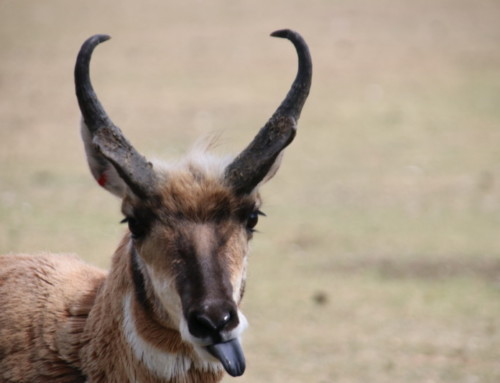Despite the words of this old tongue twister nursery rhyme, a swan would prefer to fly over the sea. The Tundra Swan, Cygnus columbianus, may indeed fly briefly over parts of the Pacific and Atlantic Oceans while on their way north to the Arctic Ocean. There they nest in summer on the tundra or in sheltered coastal marshes of north and west Alaska and Canada. Their wintering grounds are the coastal areas of the eastern U.S. and on the west coast from the northwestern states through southern California and east to Colorado and New Mexico. They, like geese, migrate in groups, either in a V-formation or a straight line.
The Tundra Swan, once known as the Whistling Swan, averages 132 cm long with a wingspread of 1.8 – 2.1 m. The all-white plumage of adults, along with large black, webbed feet and a black bill makes for a very striking-looking bird. Many individuals have a yellow spot at the base of the bill in front of the eye. A female swam is called a pen and the male is called a cob. The young are known as cygnets and, at first, are covered with white down which changes to grey feathers. During their first year the feathers moult to white with a slight shading of grey on the head and neck.
Tundra Swans are mainly aquatic feeders; dipping their heads and necks down in the water to find plants, seeds, and invertebrates. Occasionally, like ducks they will “tip up” their tail ends to reach choice bits deeper down. The cygnets are not fed by the parents, although, the adults do keep a careful watch over their young. Four to five eggs are laid each year in a bulky mound of a nest on an island or on the margin of a tundra pool. For over two decades there were several wild Tundra Swans nesting at the northern pond at the Forestry Farm.
Trumpeter swans, Cygnus buccinator, on the other hand, do not have the yellow spot at the base of its bill near the eye. However, it becomes very difficult when you spot one of the 10% of the Tundra Swans that do not have the “yellow” under the eye! On careful glance, the Trumpeter is larger and a bit slower in its movements whereas the Tundra is more graceful and quick. The biggest difference would be in their vocalizations. The Trumpeter Swan tends to give a more quick “horn-like” toot whereas the Tundra is more varied and can even appear like a “whistle” hence the once appropriately named “Whistling Swan”.
Why are we sharing these differences with you? The Forestry Farm Park and Zoo houses a Trumpeter Swan. Tundra Swans are the usual species you would expect to migrate through the Saskatoon region so it’s nice to know the difference between the two. The zoo’s Trumpeter swan was hatched in 2014 behind the smelter in Falconbridge (near Sudbury, Ontario). His wing injury was observed by workers in mid-summer. The swan family stayed around with it for a long time but then finally left. Workers captured the swan on ice when the water froze. The poor swan was left sitting on the ice searching out open water. The swan was brought into the vet in Ontario and the x-rays determined that there were two breaks – one at the wrist and one at the elbow. It was sent to us at the Saskatoon Forestry Farm Park and Zoo because we had just lost our Tundra Swans. Our vets repaired the wing to remove some of the primary feathers that were sticking out and he is now enjoying his time on the pond across from the red foxes.


